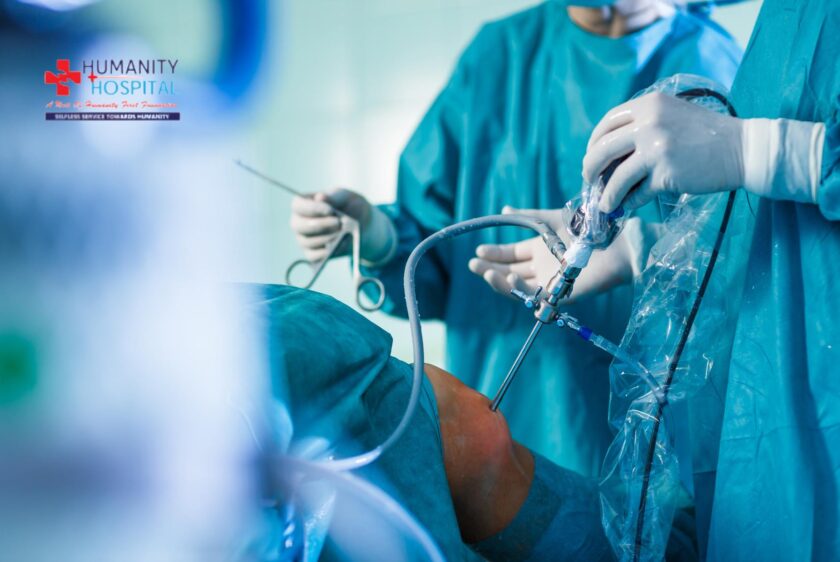Orthopedic surgery has seen remarkable advancements in recent years, offering patients new and improved options for treating musculoskeletal conditions. Whether you’re facing a joint replacement, spinal surgery, or a sports injury repair, understanding these innovations can help you make informed decisions about your care. Here’s what patients need to know about the latest developments in orthopedic surgery.
1. Minimally Invasive Surgery (MIS) Techniques
One of the most significant advancements in orthopedic surgery is the rise of minimally invasive surgery (MIS) techniques. These procedures use smaller incisions compared to traditional open surgeries, resulting in less tissue damage, reduced pain, and faster recovery times. For example, minimally invasive knee and hip replacements allow patients to return to normal activities much sooner. MIS techniques are also commonly used in spinal surgeries, offering benefits like reduced scarring and lower risk of infection.
2. Robotic-Assisted Surgery
Robotic-assisted surgery is transforming the field of orthopedics by enhancing precision and outcomes. In this approach, surgeons use a robotic system to perform complex procedures with greater accuracy. For instance, in joint replacement surgeries, the robotic arm allows for precise alignment and placement of implants, which can improve the longevity of the joint and reduce the risk of complications. Patients undergoing robotic-assisted surgery often experience less pain, a quicker recovery, and improved overall function.
3. 3D Printing in Orthopedics
3D printing technology has revolutionized the creation of customized implants and surgical tools in orthopedics. Surgeons can now design and print patient-specific implants that perfectly match an individual’s anatomy, leading to better outcomes in complex cases. For example, 3D-printed implants are being used in joint replacements, bone reconstruction, and spinal surgeries. This technology also enables the production of custom braces, splints, and surgical guides, enhancing the precision of orthopedic procedures.
4. Biologic Treatments and Regenerative Medicine
Regenerative medicine and biologic treatments are offering new ways to promote healing and tissue regeneration in orthopedic patients. Techniques such as platelet-rich plasma (PRP) therapy and stem cell therapy use the body’s own healing mechanisms to repair damaged tissues. These treatments are being used for a variety of orthopedic conditions, including tendon injuries, osteoarthritis, and ligament repairs. Patients may experience faster healing and reduced need for invasive surgeries thanks to these innovative therapies.
5. Enhanced Recovery After Surgery (ERAS) Protocols
Enhanced Recovery After Surgery (ERAS) protocols are a set of perioperative guidelines designed to improve patient outcomes and speed up recovery. These protocols include preoperative counseling, optimized anesthesia, pain management, and early mobilization. In orthopedics, ERAS protocols have been shown to reduce hospital stays, decrease postoperative complications, and improve patient satisfaction. By focusing on patient-centered care and evidence-based practices, ERAS is setting a new standard for orthopedic surgery recovery.
6. Telemedicine and Remote Monitoring
The integration of telemedicine and remote monitoring into orthopedic care has expanded access to specialized care and improved patient follow-up. Patients can now consult with their orthopedic surgeons virtually, reducing the need for in-person visits and allowing for more convenient care. Remote monitoring tools, such as wearable devices, enable surgeons to track patients’ recovery progress and make real-time adjustments to treatment plans. This technology is particularly beneficial for patients in rural areas or those with mobility challenges.
Conclusion
The field of orthopedic surgery is evolving rapidly, with innovations that are improving outcomes and enhancing the patient experience. From minimally invasive techniques and robotic-assisted surgery to 3D printing and regenerative medicine, these advancements are providing patients with more effective and less invasive treatment options. At Humanity Hospital, our orthopedic surgeons are at the forefront of these innovations, ensuring that you receive the highest standard of care. If you’re considering orthopedic surgery, it’s important to discuss these options with your surgeon to determine the best approach for your specific condition.
For more information or to schedule a consultation with one of our orthopedic specialists, visit Humanity Hospital.




